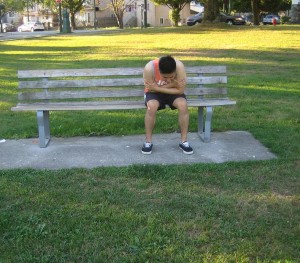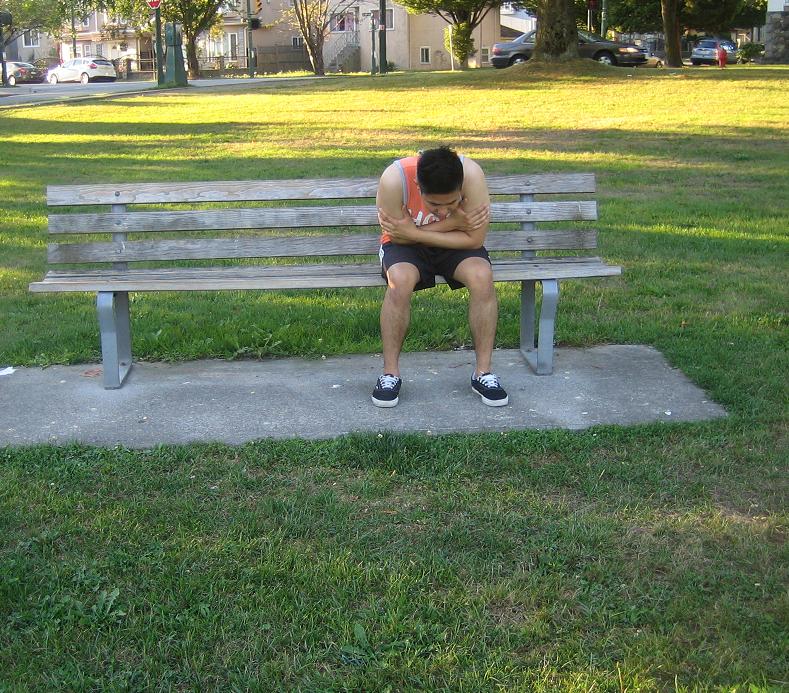Cardiac tamponade is characterized as pressure on the heart by fluid or blood that builds up in the 2-layered sac surrounding the heart (pericardium). This condition disrupts the ability of the heart to pump blood.
During this condition, blood or fluid accumulates in between the 2 layers of the pericardium which tightly compresses the heart. This resulting pressure prevents the heart from filling with blood. As an outcome, reduced blood is pumped all over the body that can oftentimes cause shock and even death.
The usual causes of cardiac tamponade include rupture of an aortic aneurysm, acute pericarditis, advanced lung cancer, heart surgery and heart attack. Even chest injuries can also lead to cardiac tamponade such as stab wounds. The blunt injuries that tears the wall of the heart is also a cause, but most with such injuries die before treatment can be started.
What are the indications?

An individual with cardiac tamponade might experience shortness of breath and feel lightheaded. In most cases, the individual might even faint along with a rapid heart rate and low blood pressure.
The skin might be cool, bluish and sweaty. The veins in the neck might appear swollen or distended.
How is cardiac tamponade diagnosed?
Immediate diagnosis and treatment are vital since cardiac tamponade can become fatal rapidly. A diagnosis is based on the symptoms, results of the examination and echocardiography. This test is usually carried out to confirm a diagnosis.
Management
Cardiac tamponade is considered as a medical emergency. The doctor will treat it right away using a needle to get rid of the blood or fluid that accumulated around the heart. The procedure alleviates the pressure from the heart and allows it to beat normally.
Oftentimes, the removal procedure fails to eliminate enough fluid. In such cases, the doctor is required to create an incision into the chest wall and then drain the fluid from the pericardium. In some cases, a part of the pericardium is removed.

